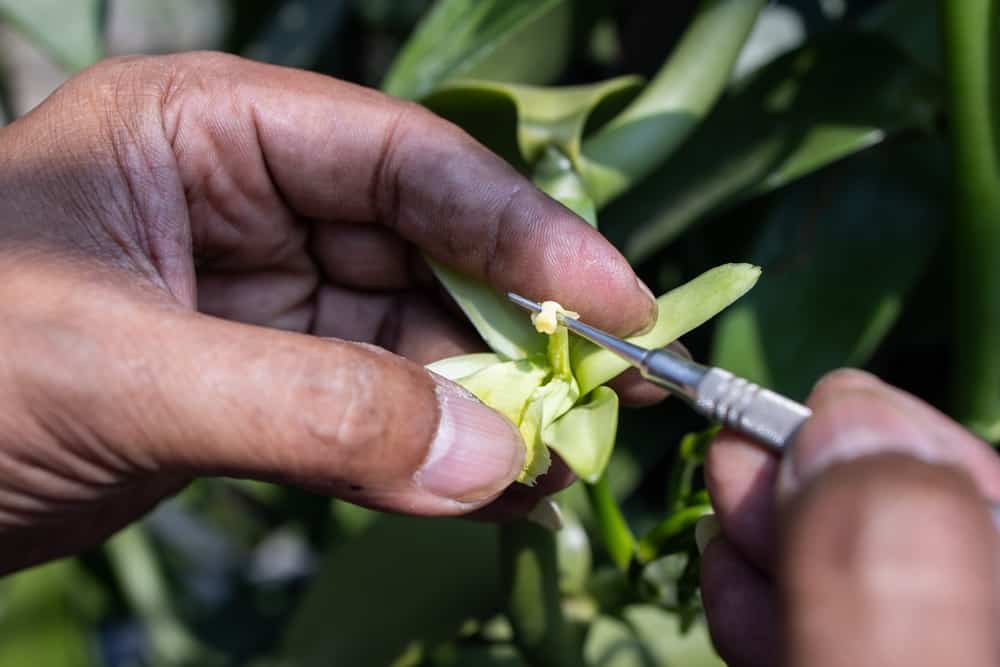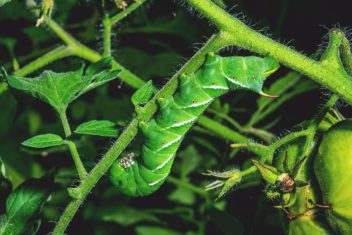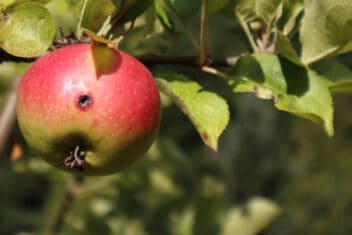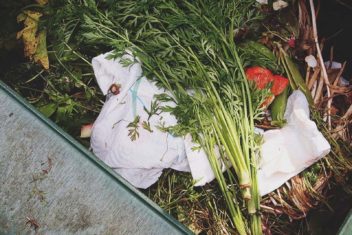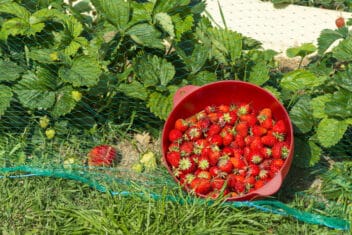Mother Nature not only creates incredible plants, flowers, creatures, and life but also gives them all jobs and instructions on how to reproduce, spread, and evolve. We can take over that role and breed flowers on our own.
Humans have studied these protocols for decades to speed up the process, create new plants, establish superior plants, and manipulate them to promote the best characteristics.
Are you interested in breeding plants? We’ll look at five types of flowers that gardeners and plant enthusiasts can breed to create new and better plants.
How to Breed Flowers: A Few Terms to Know
Let’s talk about a few terms you’ll need to know to breed flowers before we jump in. Not all flowers will have all these parts, but most will.
Let’s start at the bottom of a flower. The stem that holds the blossom is called a penducle and it’s attached to the part that swells to hold the flower. This swollen part is called the receptacle. Next come the leaf-like structures at the base of the flower, known as sepals.
On the outside of the flower are the usually brightly-colored petals. These surround the filaments, which are tiny stems that hold the anther, which is the part that contains the pollen.
On female flowers or flower that contain both male and female parts, you’ll also have ovary and the style, which hold the stigma. This is the part where the pollen needs to go in order to pollinate a flower.
Often, pollinators move the pollen from the anthers to the stigma, but sometimes wind can do the job. On plants that are self-fertile, meaning they fertilize themselves and don’t need a partner plant, a soft breeze is enough to move the pollen where it needs to go.
What is Plant Pollination?
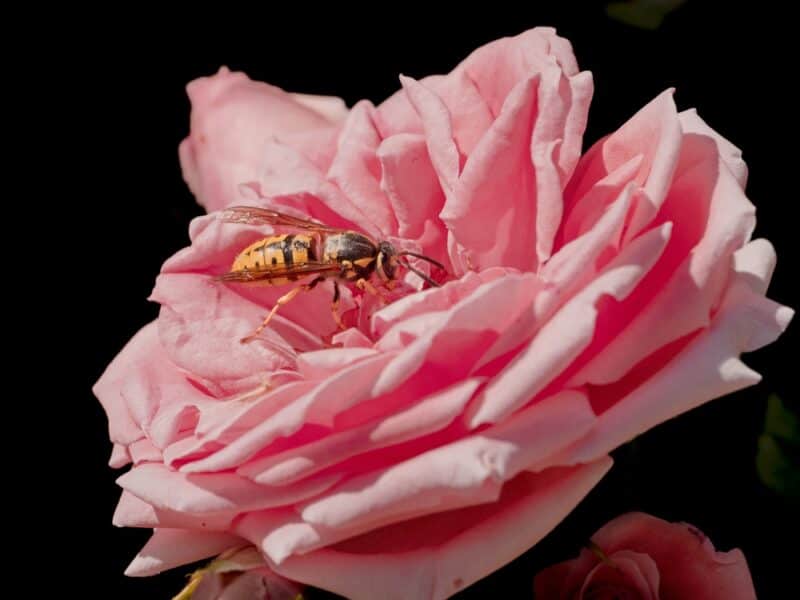
To breed flowers, you need to understand pollination. The transfer of pollen from the anther to the stigma of flowers stimulates seed creation. The seed is the beginning of a new plant.
There are two methods of pollination, open pollination, and cross-pollination. Self-fertile plants, meaning they can reproduce without a second parent, can also be part of a breeding program using these methods.
Open pollination is where wind, bees, butterflies, ants, and other insects move the pollen from one plant to another. Self-pollination is when one plant can pollinate itself. Cross-pollination is when pollen comes from one plant to another.
Pollination only works on the same family groups of plants. You can’t pollinate a rose using an orchid, for instance.
When two plants are required for the pollination process, we refer to them as parents: the father and the mother.
The father provides the pollen and some desired attributes, such as differing flower characteristics. The mother will be the host seeding plant and establish growth patterns.
1. Breed Roses
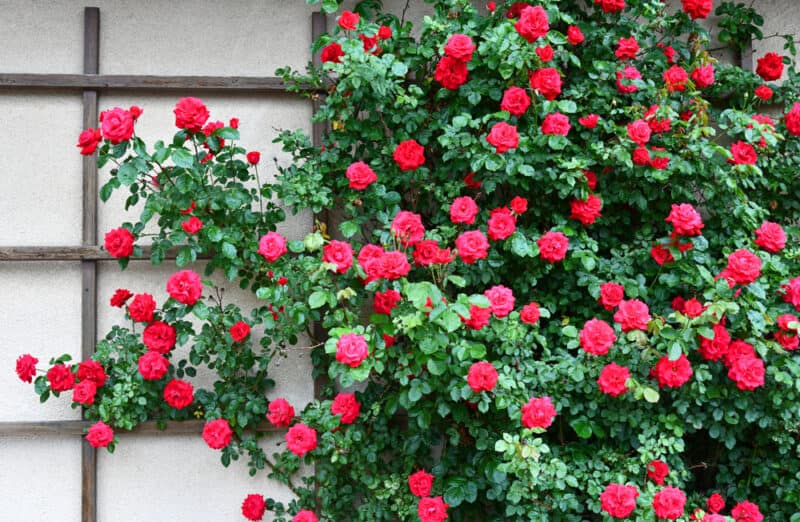
Roses are popular in USDA Growing Zones 6-8, though some are suitable down to Zone 3. For example, Arctic rose (Rosa acicularis), and some of Dr. Griffith Buck’s roses like ‘Prairie Joy’ can handle colder climates.
New breeding programs are underway to create cold-tolerant, disease-resistant types. You might breed flowers to create a color you like or to reproduce a plant that you find to be particularly tough.
Here’s how to breed roses:
- Select halfway open flowers. If they’re closed too tight, the pollen may not be mature. If the flower is too open and old, it might be dry and dead.
- Cut off the father flower. Pluck out the central petals to gain access to the anthers and pollen.
- Using tweezers pick out the anthers into a container. Store the container sealed in a cool, dry place for twenty-four hours to loosen the pollen.
- Pluck the petals of the mother plant to reveal the pistil at the center. Remove any existing pollen and wait eight hours. Waiting means the mother will more likely accept the new pollen.
- Take the father’s pollen and, using a clean finger, spread it on the mother’s stigma.
- Do this twice, waiting for eight hours between applications. Then wait twenty-four hours for the final application.
- Wait for a hip to form; this takes a few months. Ideally, the rosehip should have turned bright orange or red before harvesting.
- To gather the seed inside the rosehip, cut the top and bottom off and then, carefully, in half. The seeds will be exposed and you can collect them.
- Rose seeds need cold stratification in which to germinate. Fall is the best time to commence the process of growing the seed. If you are in a warmer area, place the seeds into a damp paper towel and a sealable plastic bag. Keep in the fridge for 6-8 weeks.
- Plant the seeds in seed starting mix and pot up as required before planting out after the last frost.
2. Breed Phalaenopsis Orchids
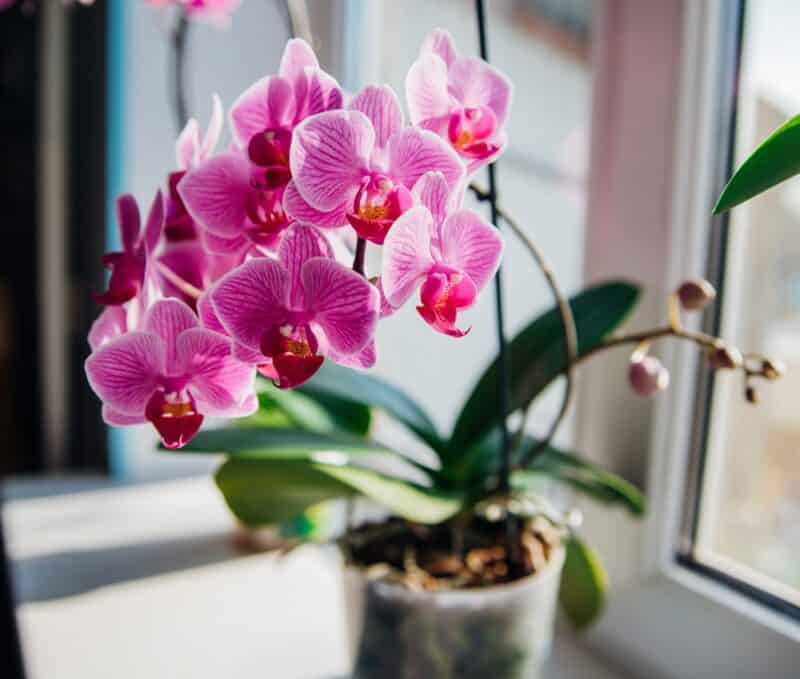
Orchids are ideal for those with limited space, in apartments, or who want to breed indoor plants for gifts. If you want to breed flowers, these are more for the advanced grower.
- Select the parent plants. From the father plant, remove the anther cap using clean tweezers or a toothpick. Behind the anther cap, there will be pollen sacks.
- Carefully remove the outer cap material, leaving the pollen sacks intact.
- Insert the pollen under the mother plant’s anther cap, which is situated behind the two fang-like horns called the pollinia. They should stick to the stigma in the back.
- Once the petals wilt, and the seed pod swells, cross-pollination has been successful.
- Seeds will develop over six to eight months.
- The seeds are ready when the pod browns and opens.
- Orchid seeds require an agar medium and completely sterile conditions to germinate. This process is called flasking.
- Flasking can be achieved at home if you have a lab box and in specialized laboratories for a small fee.
- Once germinated, the emerging seedlings will need re-flasking in the same sterilized way until roots are visible and planted into pots with orchid bark and sphagnum moss.
3. Breeding Amaryllis
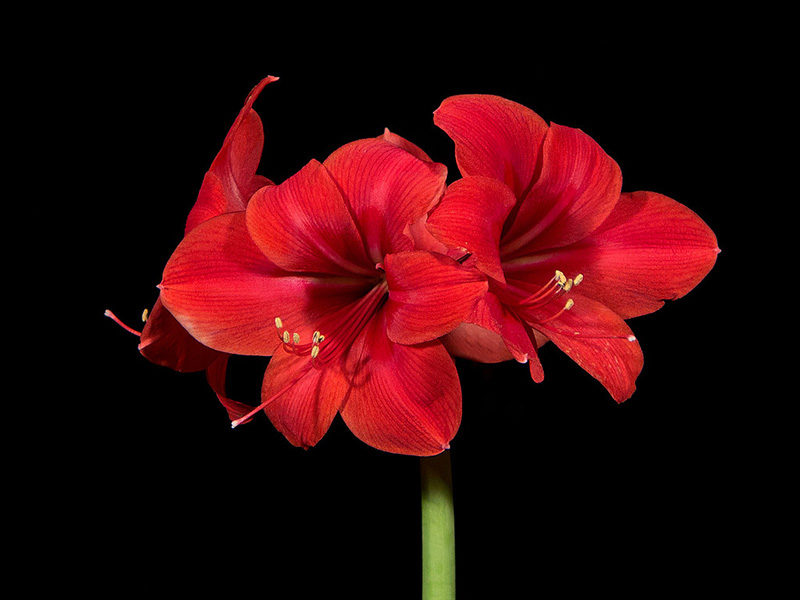
A fantastic fall flower and a fun one to learn how to breed flowers. There are five main types of amaryllis. Cross-pollination can be achieved with one plant as they are self-fertile.
Suitable for outdoor planting in Zones 8-10, these plants germinate in soil that reaches 70°F or higher. It also makes a wonderful indoor plant for all areas. Whether you are cross-pollinating one plant or two, the method is the same.
- Select the plant(s). Take the anther of the father plant (or the same plant) and apply the pollen to the stigma of the mother plant (or same plant) when the stigma splits open into three. Apply the pollen via a paintbrush or rub the anther directly.
- Repeat the above step once each day for three days.
- In six to seven weeks, seed pods will form where the petals anchor (the pedicel).
- When the petals drop and the seed pod opens, harvest the seed.
- The seed should be air-dried at room temperature for three days to one week before planting or storing. Amaryllis seeds lose their vitality quickly, store in the fridge after drying, and they will last a year.
- Germination can be achieved in two ways. Floating seeds in water for three weeks and planting each as they sprout or in trays of soil that retains some moisture. Tray sowing takes approximately three weeks to germinate.
- When potting, use a good-quality soil mix.
- Use water-soluble fertilizer weekly on seedlings and keep the soil moist.
- Transplant early fall at the beginning of its growth cycle.
4. Petunias

Great for ground cover or containers, petunias are ideal for those wishing to explore color and how to breed flowers. There are around 35 known species of petunia, part of the Solanaceae family. Hardy to Zones 9, most people grow them as annuals.
These plants prefer full sun or partial shade in hotter months.
- Select the parent plants. Using tweezers, pluck off the anther of the father plant and rub the end onto the stigma of the mother plant. Leaving pollen on the stigma.
- A cone-shaped seed pod will develop. Allow to mature, then harvest. Store seed in a folded piece of baking parchment or kitchen foil and in a sealed container in the fridge. Add a silica sachet to absorb excess moisture. Seeds will last up to three years.
- Sow the seed eight to ten weeks ahead of the last frost. Petunias need time to develop before blooming, so start in advance. Direct sow as soon as the danger of frost passes.
- Once the seed is sown, cover it with glad wrap or a propagation cover. Leave in a warm, sunny position indoors.
- Germination occurs for one week to ten days. Remove any covers.
- Keep soil moist and get the plants transplanted after the last frost.
5. Breed Bearded Irises
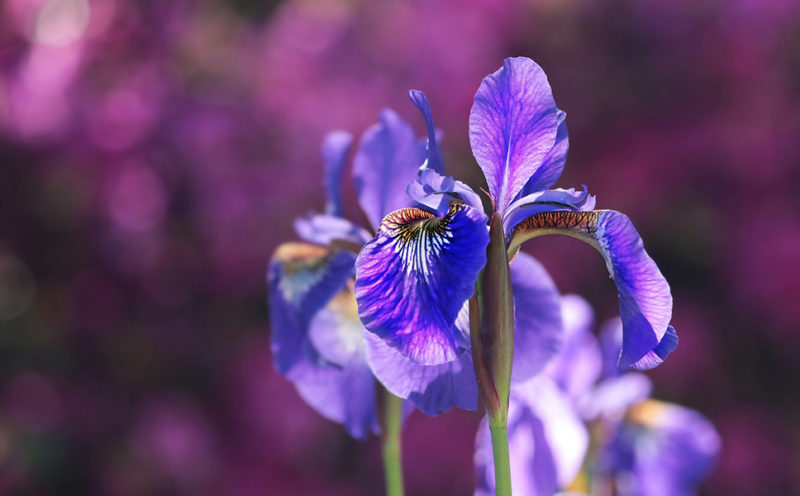
The Iris family contains around 300 species, all simple to cross-pollinate or open-pollinate. If. you want to breed flowers but are intimidated, these are good to start with. Bearded irises are winter hardy in Zones 3-9.
- Select and identify the father and mother plants.
- Using tweezers remove the anther from the father and rub the pollen onto the stigma of the mother plant. Bearded irises have three stigmatic lips, which are central to the bloom. Spread pollen on all three to increase the success of cross-pollination. Do this as soon as the mother flower opens to prevent insect interference.
- Pollination is successful when the seed pod swells behind where the petals anchor. This takes two to four weeks.
- Once the pod has turned brown and partially opened, it can take two months and the seeds can be collected.
- Use the seeds immediately or dry them in a cool, dry location for approximately two months before storing them in a dry sealed container in the fridge until ready to use. They stay viable for up to two years.
- Sowing the seed should occur in fall or winter as it requires going through a cold stratification.
- Soak the seed in clean, room temperature, distilled water for two to fourteen days. Changing the water daily.
- Prepare the ground if direct sowing; it must be weed-free, have at least six hours of sunlight, and be free-draining soil. Seeds can be grown in ceramic pots in good quality potting mix. Sow seed half to a third of an inch into the soil.
- For transplanting, use a mix of seed-raising starter soil and potting mix.
- Place approximately twenty-five seeds in one pot or tray to allow for growth.
- Sow the seed about a quarter of an inch into the soil with half an inch spacing.
- Keep temperatures between 60-70 °F. Grow lamps help to regulate the temperatures.
- Keep soil moist until ready to plant out around August to October. Cover the pots to assist with moisture retention if required before germination.
- Transplant in an area similar to direct sow.
- Some of the irises will have a first-year bloom, but most will provide flowers from the second year of planting.
Increase Breeding Success
What is produced when you breed flowers depends upon the plants chosen for breeding, how well the pollination took and environmental factors. There are ways to improve the chance of success.
- Choose healthy, disease-resistant plants.
- Base selection on characteristics to be promoted.
- If open pollinating, keep the parent plants close.
- Cover any cross-pollinated flowers if possible.
- Pollinate more than one flower of the mother plant.
- Make sure flowers are dry, as water risks pollen viability.
- Label and keep good records.
- Seeds may produce very different results.
- Run trials to know what to multiply next season.
- Be aware patented plants are restricted. It’s illegal to breed these.
The most important thing is to have a go and enjoy the experiment.
